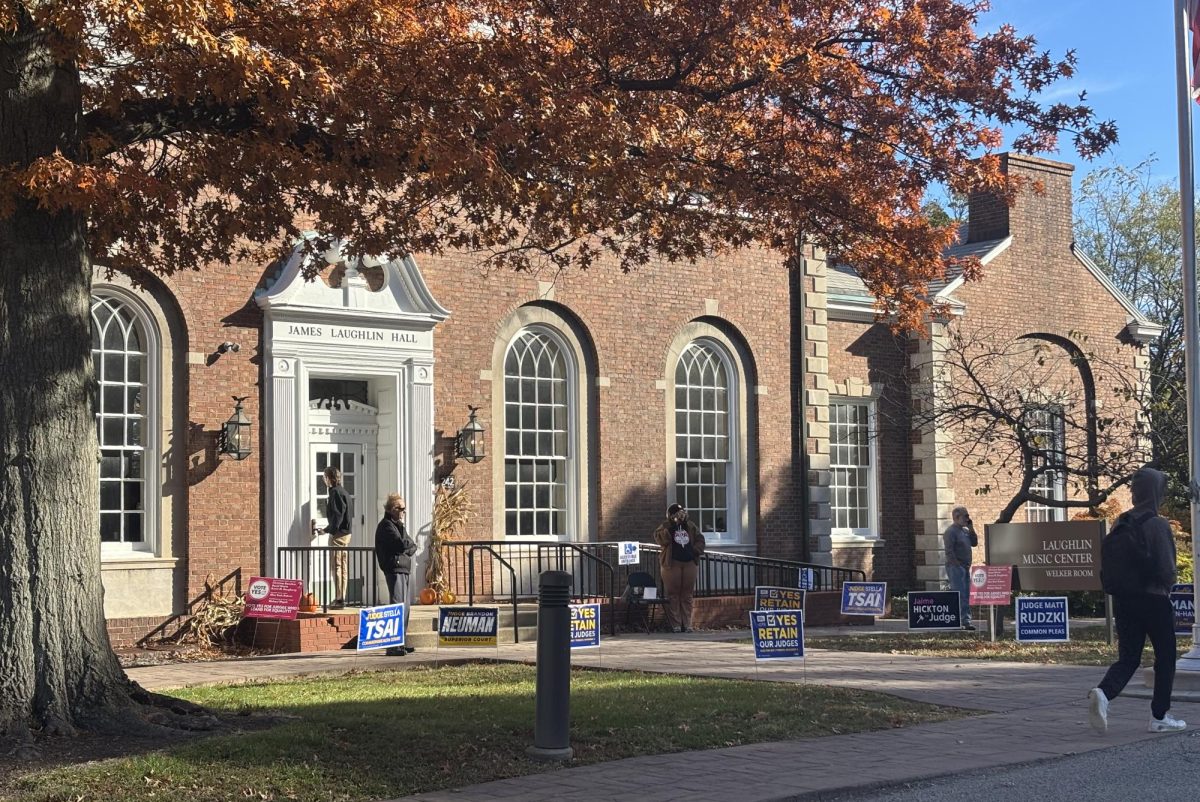Voters across Pennsylvania will head to the polls on Tuesday, Nov. 4, in a statewide election featuring races at the local, county and judicial levels.
Elections like these hardly get half the attention of presidential ones. They don’t have the same large-scale spectacle that come with electing a president – but that doesn’t make them any less significant. Elections like this one play an essential role in shaping Pittsburgh and its surrounding communities.
The ballot includes Pittsburgh’s mayoral race, several city council districts and school board seats, along with judicial retention votes at the state level, offering city residents a chance to make their voices heard on a local level.
The people we elect this November will make decisions that touch nearly every part of daily life in Pittsburgh — how we get around, how our neighborhoods develop and how the city supports its people. To highlight the significance of your vote, here are some local issues to keep in mind.
Transportation
Pittsburgh Regional Transit (PRT) warned earlier this year that, without more state funding, riders could face almost 10% fare hikes and major service cuts. The plan would have eliminated the T Silver Line and 40 bus routes, reduced service on 53 others and cut 35% of total operating hours. Although the cuts were averted in September, PRT had to transfer $110 million from long-term projects to its day-to-day budget to remain operational. That money only covers the gap through 2026, meaning the problem will be back by 2027 unless stronger, lasting funding is secured. The leaders elected this fall will help decide whether or not transit gets the support it needs.
Infrastructure and affordable housing
The city is still figuring out how to balance new construction with protecting its history, all while dealing with aging bridges, roads and water systems. At the same time, rising rents and redevelopment in neighborhoods such as Lawrenceville, Bloomfield and the South Side have sparked debates over who can actually afford to live in the city where they work. Local officials elected in this election will have real power over how funding, zoning and development are handled.
Education and public safety
The school board members elected this fall will help decide what’s taught in Pittsburgh Public Schools, how money is distributed and how the district works to close learning gaps. The condition of the school buildings themselves is a prevalent issue. Many are aging and face serious health concerns, including lead, mold and poor air quality — problems that affect both students and staff, as reported in a recent PublicSource story. Additionally, academic performance across the district has stayed low, according to the Allegheny Institute, putting more pressure on new board members to take action. The choices they make will determine how resources are used and whether Pittsburgh’s schools can provide a safe, fair and effective education for everyone.
Ultimately, the power lies with the people; the leaders we choose will make decisions that shape our daily lives in the near future, not years down the line. So while this election might not come with all the spectacle of a presidential race, it matters just as much.




